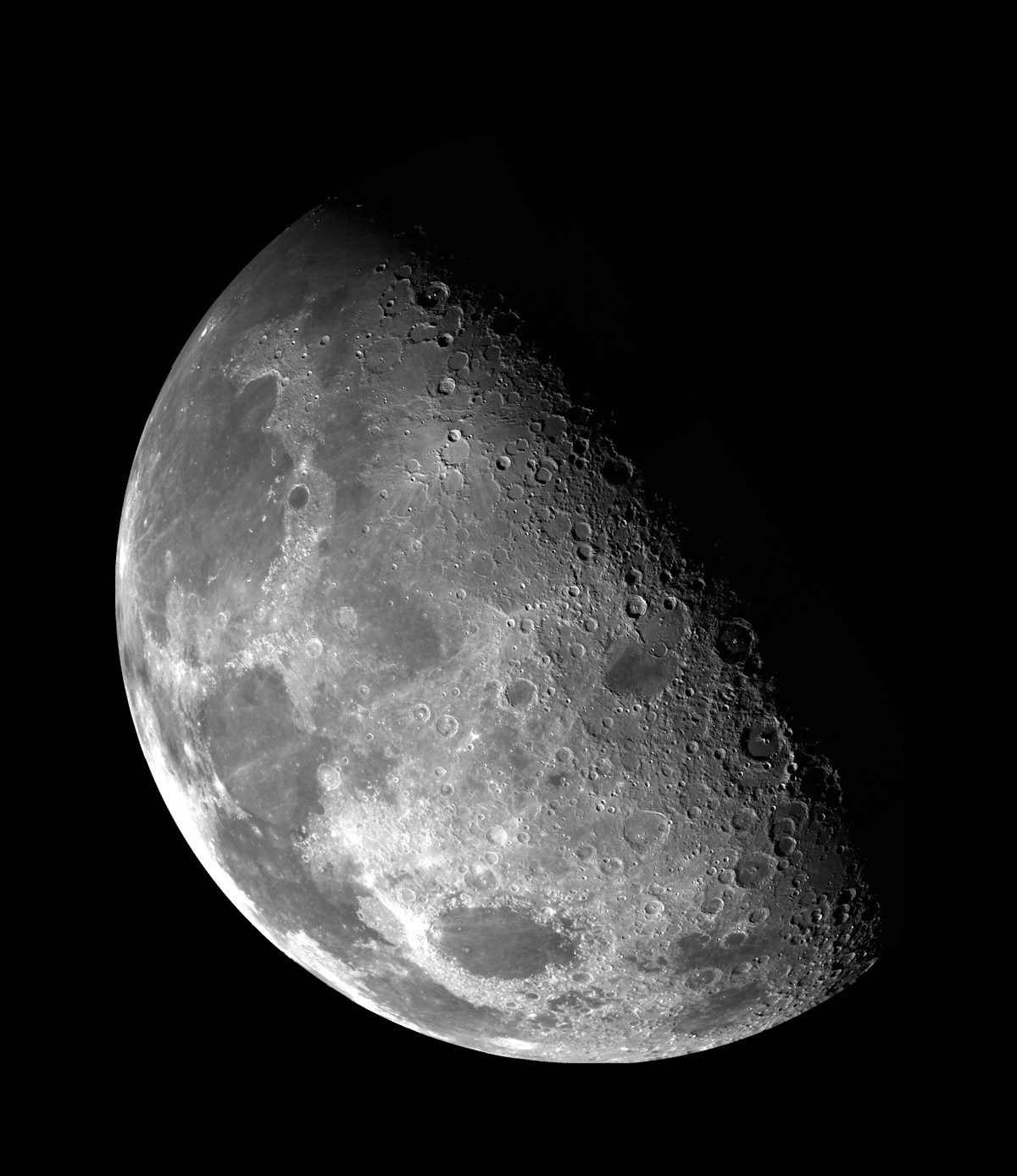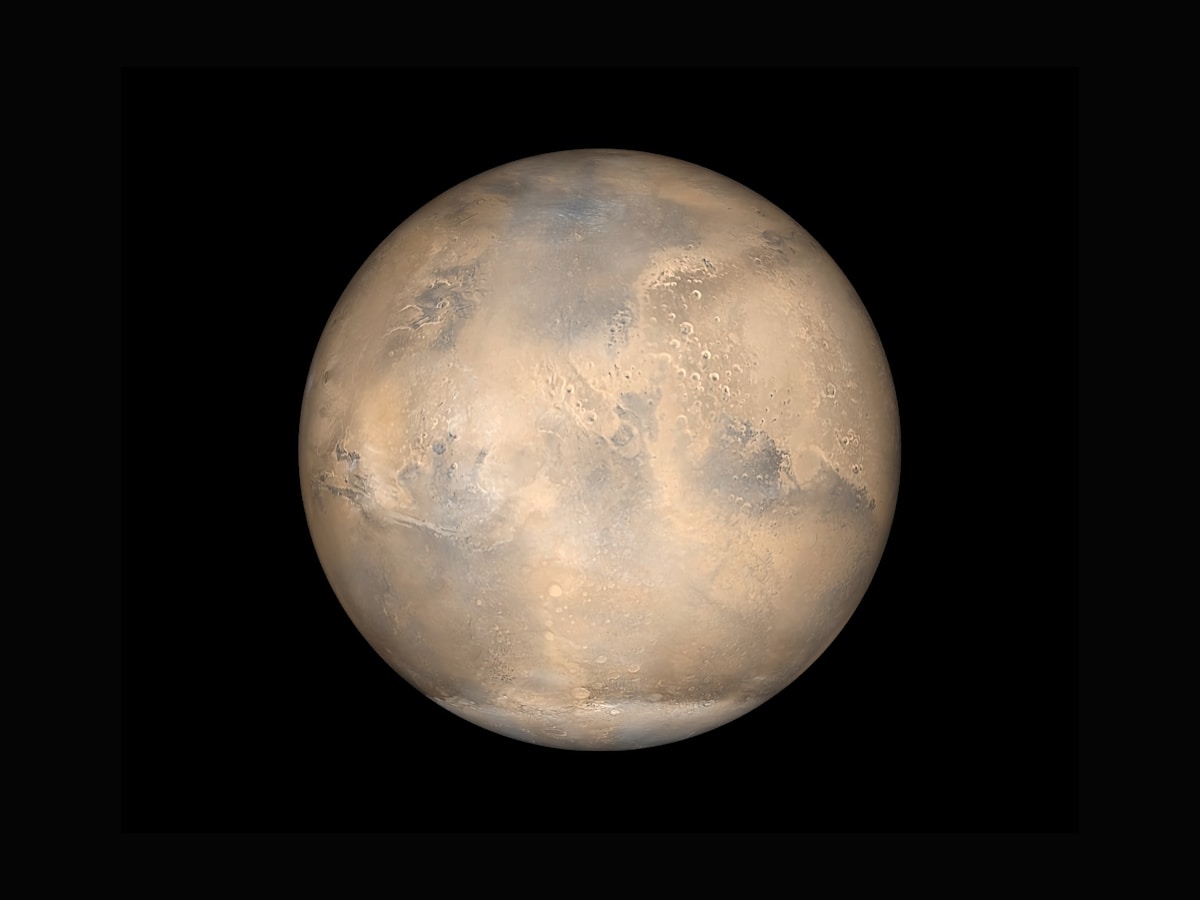
Introduction
Earth's orbital environment has transformed dramatically over the past six decades. From Sputnik's singular presence in 1957, the population of active satellites has grown to exceed 8,000, with thousands more planned for deployment in mega-constellations. This proliferation brings tremendous benefits—global internet coverage, enhanced Earth observation, improved navigation services—but also introduces profound sustainability challenges.
Orbital debris, the remnants of human space activity, now comprises hundreds of millions of trackable and untrackable objects. These range from defunct satellites and spent rocket stages to fragments created by collisions and explosions. Each piece, regardless of size, poses collision risks to operational spacecraft. At orbital velocities exceeding 7 kilometers per second, even paint flecks carry destructive kinetic energy.
The mega-constellation era amplifies these concerns. Companies like SpaceX, OneWeb, and Amazon plan to operate constellations numbering in the thousands of satellites. While these systems promise revolutionary connectivity and services, their sheer scale introduces unprecedented traffic density and collision probability. This article examines the technical dimensions of orbital sustainability, mitigation strategies, active debris removal technologies, and the evolving regulatory landscape.
The Debris Environment: Current State
According to data from the European Space Agency (ESA) and NASA's Orbital Debris Program Office, the cataloged debris population exceeds 36,000 objects larger than 10 centimeters. Ground-based radar and optical systems track these objects, enabling collision avoidance maneuvers for operational satellites. However, statistical models estimate that more than 130 million objects between 1 millimeter and 1 centimeter exist in orbit—too small to track but capable of causing significant damage.
Orbital Altitude Considerations
Debris distribution varies significantly across orbital altitudes, with implications for sustainability strategies. Low Earth orbit (LEO), particularly the 700-1,000 kilometer altitude band, contains the highest debris concentration due to its popularity for Earth observation and communications satellites. At these altitudes, atmospheric drag provides natural debris removal over decades to centuries, depending on solar activity and object characteristics.
The geostationary orbit (GEO) belt, approximately 36,000 kilometers above Earth's equator, presents different challenges. Negligible atmospheric drag means objects remain in orbit indefinitely unless actively moved. International guidelines recommend GEO satellites be maneuvered to "graveyard orbits" several hundred kilometers above the operational belt at end-of-life, preserving valuable orbital slots for future use.

Collision Cascades: The Kessler Syndrome
In 1978, NASA scientist Donald Kessler proposed a scenario where debris density in LEO reaches a critical threshold, triggering a collision cascade. Each collision generates fragments that increase collision probability, creating a self-sustaining process that could render certain orbital regions unusable for generations. While full-scale Kessler Syndrome remains theoretical, two events have demonstrated its plausibility.
In 2009, the collision between operational Iridium 33 and defunct Russian Cosmos 2251 satellites generated over 2,000 trackable fragments and an estimated 100,000 smaller pieces. More recently, Russia's 2021 anti-satellite weapon test against Cosmos 1408 created thousands of additional debris objects. These incidents underscore the exponential nature of debris generation and the criticality of preventing future collisions.
Mitigation Strategies: Prevention as Primary Defense
Orbital sustainability begins with debris mitigation—designing and operating spacecraft to minimize new debris creation. International guidelines, principally the Inter-Agency Space Debris Coordination Committee (IADC) recommendations and the United Nations COPUOS Space Debris Mitigation Guidelines, establish best practices.
Post-Mission Disposal
The "25-year rule" requires operators to remove satellites from LEO within 25 years of mission completion. This can be achieved through atmospheric reentry (for LEO satellites) or transfer to graveyard orbits (for GEO satellites). Modern satellites increasingly incorporate propulsion systems or deployable drag-augmentation devices specifically for end-of-life disposal.
SpaceX's Starlink satellites, for example, are designed for controlled atmospheric reentry at end-of-life, with low-altitude operational orbits (550-570 kilometers) ensuring natural decay within approximately five years even if active disposal fails. This represents a significant departure from earlier constellation designs that placed satellites at higher altitudes with century-scale natural decay timelines.
Passivation and Design Practices
Preventing on-orbit explosions requires "passivation"—removing stored energy from defunct spacecraft. This involves venting residual propellants, discharging batteries, and mechanically safing pyrotechnic devices. Statistics indicate that passivation compliance has significantly reduced the number of on-orbit fragmentations in recent decades.
Design practices also focus on minimizing debris generation during normal operations. This includes tether restraint systems to prevent released components, coatings resistant to micrometeoroid impacts that could generate paint flakes, and shielding for propellant tanks to withstand hypervelocity impacts without fragmenting.

Active Debris Removal: Technical Approaches
While mitigation prevents new debris, addressing the existing population requires active removal—physically capturing and deorbiting defunct objects. Multiple technical approaches have been proposed, each with distinct advantages, challenges, and target debris characteristics.
Robotic Capture Systems
Robotic arms and grappling mechanisms, similar to those used on the International Space Station, offer precise capture of cooperative or predictable targets. The RemoveDEBRIS mission, conducted by the Surrey Space Centre, demonstrated net capture and harpoon technologies in 2018-2019. These methods prove effective for capturing tumbling or non-cooperative targets but require close rendezvous—a complex and risky operation.
Contactless Methods
Several concepts propose debris removal without physical contact. Electrodynamic tethers use Earth's magnetic field and induced currents to generate drag, gradually lowering orbital altitude until atmospheric reentry occurs. Laser ablation, where ground-based or space-based lasers impart momentum to debris surfaces through material vaporization, could potentially address smaller, untrackable debris that poses significant risk.
Japan's Aerospace Exploration Agency (JAXA) and European partners have investigated electrodynamic tether systems extensively. While technically promising, these systems face challenges with power requirements, tether deployment reliability, and operational complexity across varied debris objects and orbital conditions.
Regulatory Frameworks and International Cooperation
Technical solutions alone cannot ensure orbital sustainability; effective governance mechanisms must coordinate international behavior. The Outer Space Treaty of 1967 establishes fundamental principles, including state responsibility for national space activities and liability for damage caused by space objects. However, these broad frameworks require implementation through national regulations and international coordination mechanisms.
National Regulatory Approaches
Space-faring nations increasingly implement licensing requirements that incorporate debris mitigation standards. The United States Federal Communications Commission (FCC) and France's space law have established specific deorbit timelines and financial assurance requirements. These national approaches create precedents that may inform broader international standards.
Space Traffic Management
As orbital populations grow, space traffic management (STM)—analogous to air traffic control—becomes increasingly critical. The U.S. Space Force's 18th Space Defense Squadron currently provides collision warnings through the Space-Track.org service. However, this system faces scalability challenges as constellation sizes increase and commercial STM service providers emerge.
The development of automated collision avoidance systems, where satellites autonomously maneuver based on shared conjunction data, represents a potential path forward. Implementation requires standardized data formats, secure communication protocols, and international agreements on maneuvering priorities and responsibilities.
Conclusion
Orbital sustainability represents one of the most complex challenges facing the space industry. The mega-constellation era brings unprecedented opportunities for global connectivity and Earth observation, but also accelerates the timeline for addressing debris accumulation and collision risks.
Progress requires coordinated action across multiple domains: continued implementation and enforcement of debris mitigation guidelines, development and demonstration of cost-effective active removal technologies, establishment of comprehensive space traffic management systems, and evolution of international regulatory frameworks that balance innovation with long-term sustainability.
The technical challenges are substantial but solvable. Many required technologies—precision guidance, robotic manipulation, autonomous systems—already exist in operational form. The greater challenge lies in creating economic models that make debris removal financially viable and governance structures that ensure responsible behavior across all space actors, regardless of national origin or organizational type.
The decisions made in the coming decade will determine whether Earth's orbital environment remains a viable domain for humanity's activities or becomes increasingly congested and hazardous. The stakes are high: sustained access to space underpins critical infrastructure from weather forecasting to global communications. Ensuring that access for future generations requires treating orbital space as a finite, shared resource demanding careful stewardship.